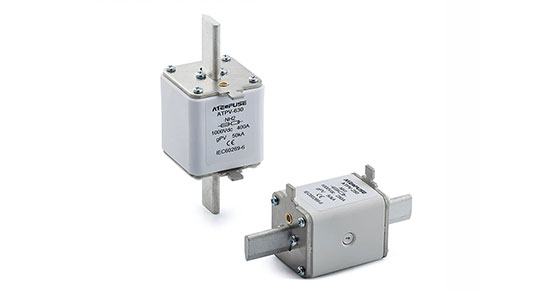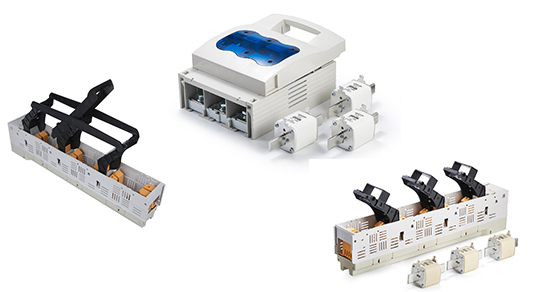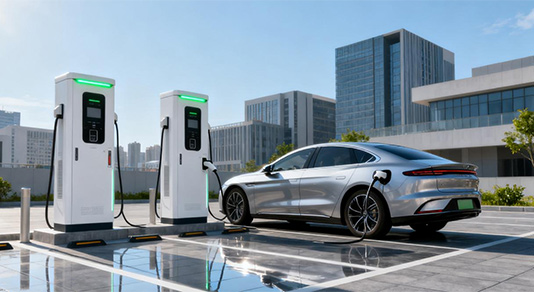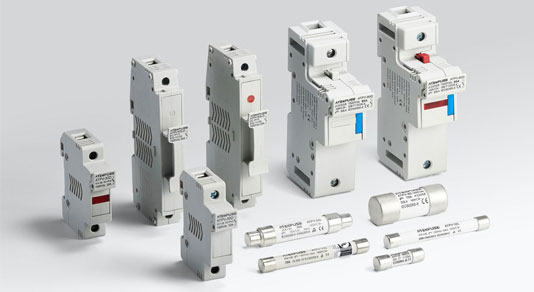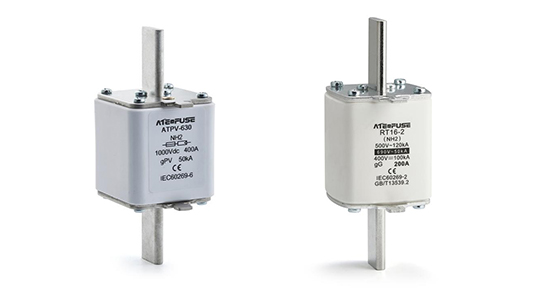Working Principle of PV Connector
In a solar energy system, the connection between solar panels and other parts affects how well the system works and how safe it is. Understanding how this key connecting part operates helps make the system perform better and avoids problems over time. This article explains the basic working principles of this important component, focusing on how it helps solar energy move smoothly.
Current Conduction Ensures Low-Loss Energy Transfer
The main job of a PV Connector is to move the direct current produced by solar panels to inverters or energy storage systems. To do this efficiently, it uses two key design features:
It uses high-purity materials (such as tinned copper) for the parts that carry electricity. These materials keep electrical resistance low, which means less energy is lost when current flows—this is important for keeping the whole solar system working well.
The part where the connector touches other components is designed to fit tightly. A tight fit eliminates gaps that could make resistance higher or cause intermittent connections, so current keeps moving steadily even after long-term use.
Environmental Sealing Protects Against Outdoor Risks
Solar systems are used outside, where they face rain, dust, temperature changes, and humidity. The PV Connector handles these risks with a special sealing design:
It follows protection standards like IP67 or IP68. These standards stop water and dust from getting inside the connector’s inner parts that carry electricity.
It uses flexible sealing rings made of materials that hold up well in bad weather. These rings form a tight barrier between the connector’s outer parts, blocking moisture and dirt that could corrode the electrical parts or cause short circuits.
The sealing design also resists damage from the sun’s UV rays, so it stays effective even after years of being outside.
Mechanical Stability Keeps Connections Secure Under Stress
Outdoor solar setups face constant physical pressure—like vibrations from wind, expansion or contraction from temperature changes, or accidental bumps during maintenance. The PV Connector’s mechanical locking mechanism deals with these forces:
Common designs include snap-in locks or threaded couplings. These create a tight connection that doesn’t come loose from vibrations.
Once locked, the connector stays firmly attached. This prevents accidental disconnections or loose contacts, which is vital—even a small looseness can make resistance higher, create heat, and hurt the system’s safety or performance.
Voltage and Current Compatibility Matches Solar System Needs
Solar systems have different voltage and current ratings. For example, residential systems might use 1000VDC panels, while commercial ones could use 1500VDC. The PV Connector is built to match these specific needs:
The insulation inside the connector and the size of the parts that carry electricity are chosen to handle the highest voltage and current the system requires.
This compatibility ensures the connector doesn’t slow down energy flow or cause overheating or insulation damage.
The design also follows industry standards, so it works well with different solar panels, inverters, and mounting systems.
Conclusion
A solar energy system works reliably mostly because the PV Connector can move current efficiently, stand up to outdoor damage, keep connections stable, and match what the system needs. These principles work together to cut down on energy loss, make the system last longer, and keep it safe.
To learn more about parts that work well with efficient solar system connections—including solutions made to work smoothly with well-designed PV systems—visit our product page. Here, you’ll find details on products built to support reliable solar system performance, with the same focus on quality and functionality that makes a good PV Connector effective.

